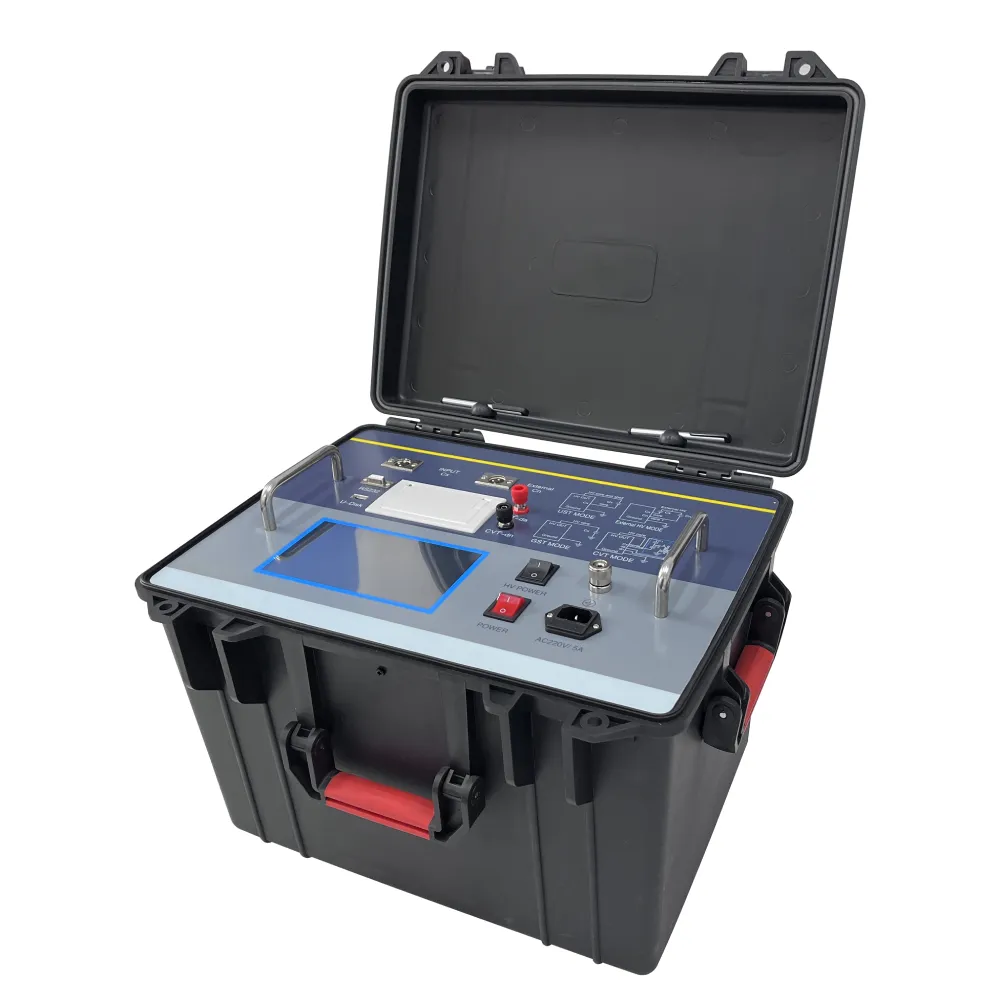 English
English


Automatic Tap Changer Technology Enhancing Power Transformer Performance and Efficiency in Electrical Systems
Automatic Tap Changer of Power Transformer An Overview
Automatic tap changers (ATC) are crucial components in the operation of power transformers, particularly in electrical power systems where voltage stability and regulation are paramount. These devices enable transformers to adjust their output voltage automatically in response to varying load conditions, thus ensuring optimal performance and efficiency of the electrical grid.
At the heart of an automatic tap changer is its mechanism that allows for automatic adjustments to the turns ratio of the transformer winding. This adjustment helps maintain the secondary voltage within predetermined limits despite fluctuations in the load. The development of this technology has played a significant role in enhancing the reliability and longevity of power systems.
Mechanism and Operation
The operation of an ATC is fundamentally based on the principle of varying the number of turns in the transformer coil that is connected to the load. In a typical scenario, when the load on the transformer increases, the voltage can drop below acceptable levels due to increased demand. The automatic tap changer detects this voltage drop, usually through a voltage sensing relay or device, and engages the mechanisms to change the tap position, effectively modifying the turns ratio to increase the output voltage.
There are two main types of tap changers on-load tap changers (OLTC) and no-load tap changers (NLTC). OLTCs can change taps while the transformer is under load, allowing for continuous voltage regulation without interrupting the power supply. In contrast, NLTCs require the transformer to be de-energized before changing the tap position, making them less versatile but sometimes simpler in design and implementation.
Advantages of Automatic Tap Changers
automatic tap changer of power transformer

The integration of ATCs into power transformers offers several advantages. Firstly, they enhance the voltage regulation of the electrical network, minimizing the deviations in supply voltage that can lead to inefficiencies or damage to electrical appliances. Secondly, ATCs contribute to improved energy efficiency by minimizing losses associated with overvoltage or undervoltage scenarios. This is particularly important in industries where sensitive electronic equipment is used, as maintaining a stable voltage supply is critical to their operation.
Moreover, automatic tap changers reduce the need for manual intervention, decreasing maintenance costs and the likelihood of human errors. This automation not only improves the reliability and responsiveness of the power system but also allows operators to focus on more strategic tasks rather than frequent manual adjustments.
Challenges and Considerations
Despite their many benefits, the implementation of automatic tap changers is not without challenges. The complexity of the systems can result in higher initial costs and require specialized knowledge for installation and maintenance. Additionally, ATCs are subject to wear and tear over time, necessitating regular inspections and potentially costly repairs.
Furthermore, proper coordination with other components of the electrical system is vital. If not properly calibrated, an ATC can inadvertently lead to voltage swings that could destabilize the electrical network. Therefore, a thorough understanding of the operating conditions and load patterns is essential for maximizing the effectiveness of these devices.
Conclusion
Automatic tap changers have transformed the operation of power transformers, enabling real-time voltage adjustment to meet the dynamic demands of electrical systems. As the global demand for electricity continues to grow, and as renewable energy sources become more integrated into the grid, the role of ATCs will likely become even more prominent, aiding in the quest for efficiency and stability in power distribution. Their ability to enhance the performance and reliability of power transformers makes them a pivotal technology in modern electrical infrastructure.
-
Differences between open cup flash point tester and closed cup flash point testerNewsOct.31,2024
-
The Reliable Load Tap ChangerNewsOct.23,2024
-
The Essential Guide to Hipot TestersNewsOct.23,2024
-
The Digital Insulation TesterNewsOct.23,2024
-
The Best Earth Loop Impedance Tester for SaleNewsOct.23,2024
-
Tan Delta Tester--The Essential Tool for Electrical Insulation TestingNewsOct.23,2024





